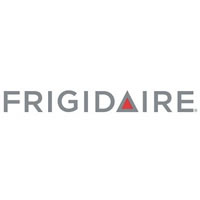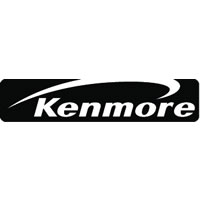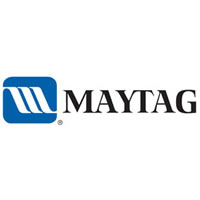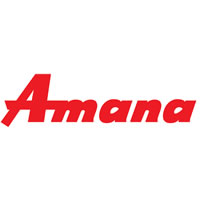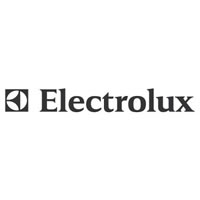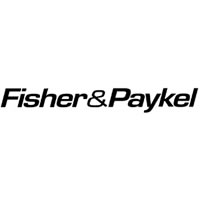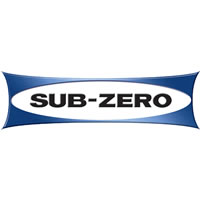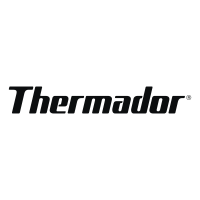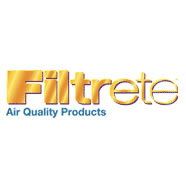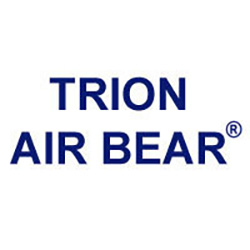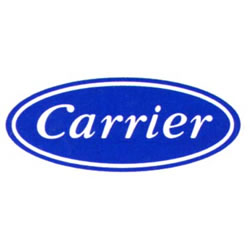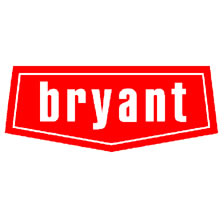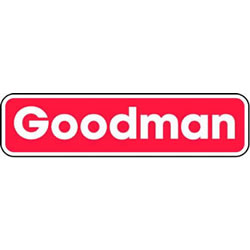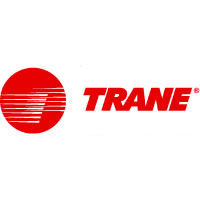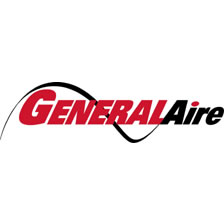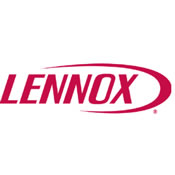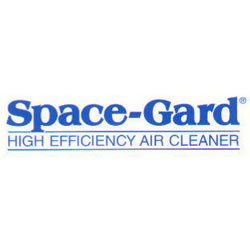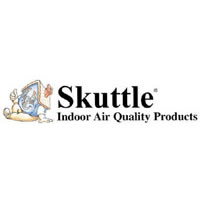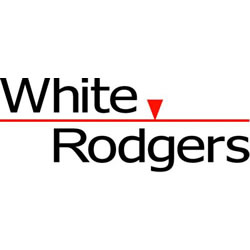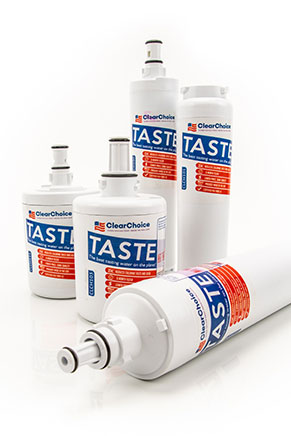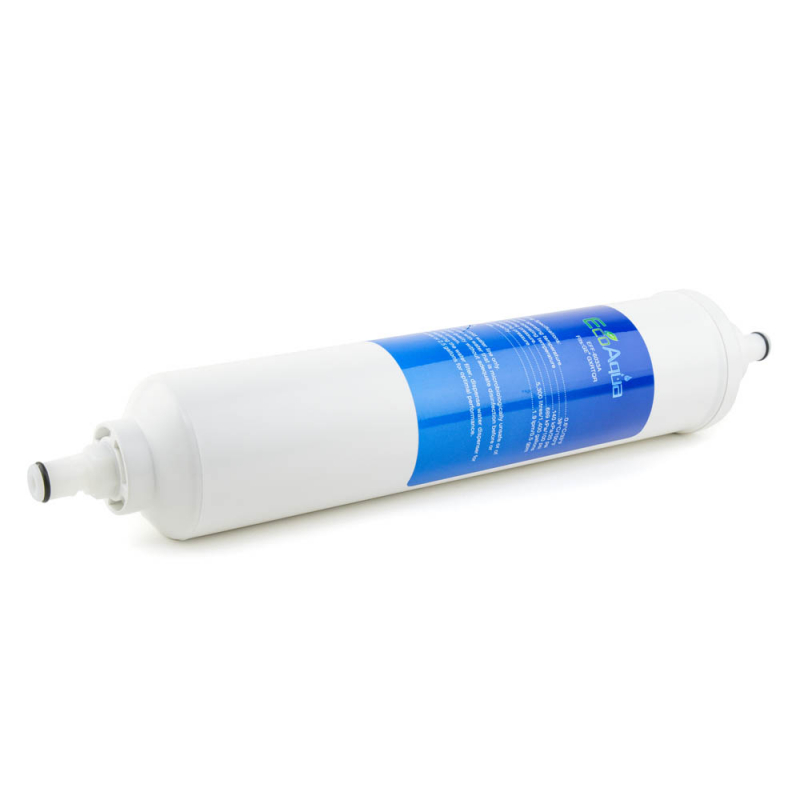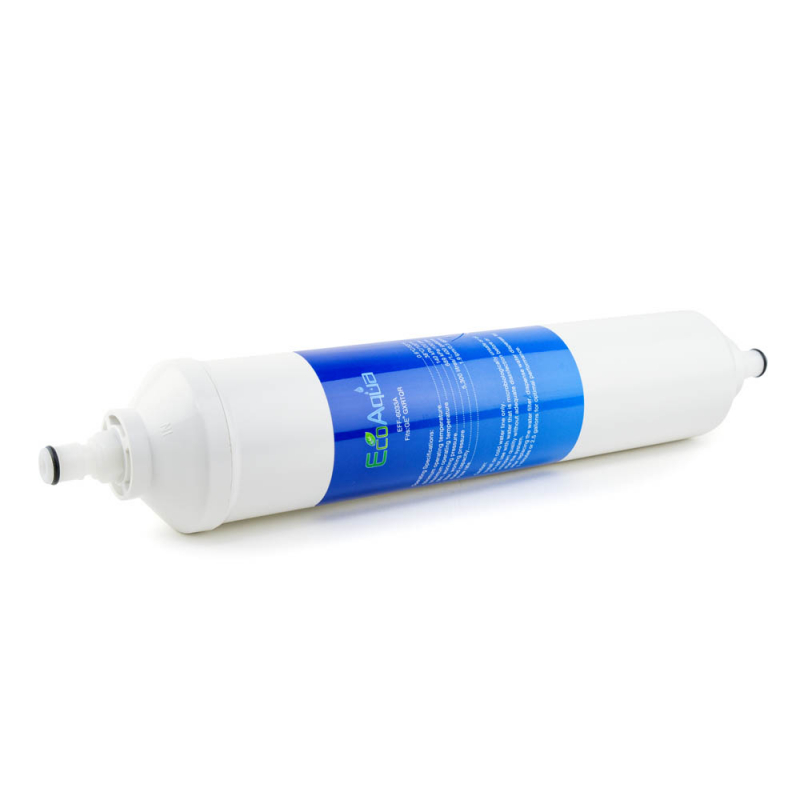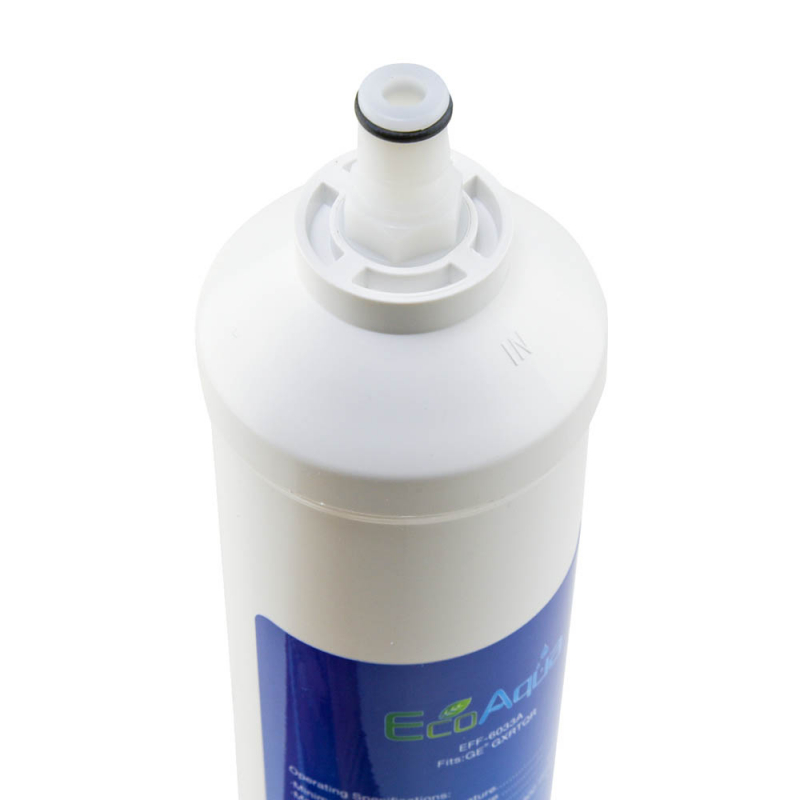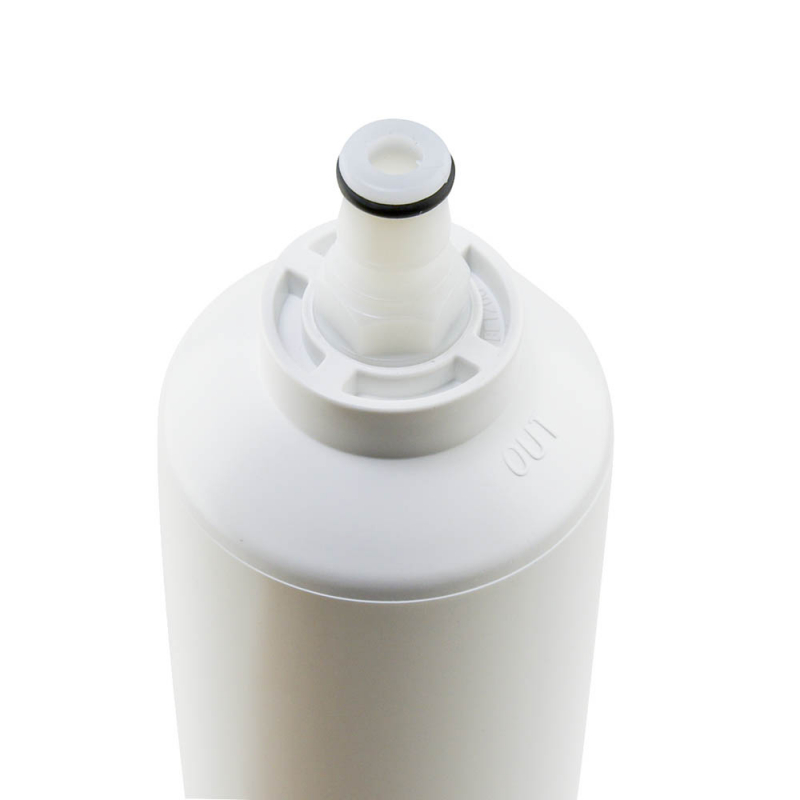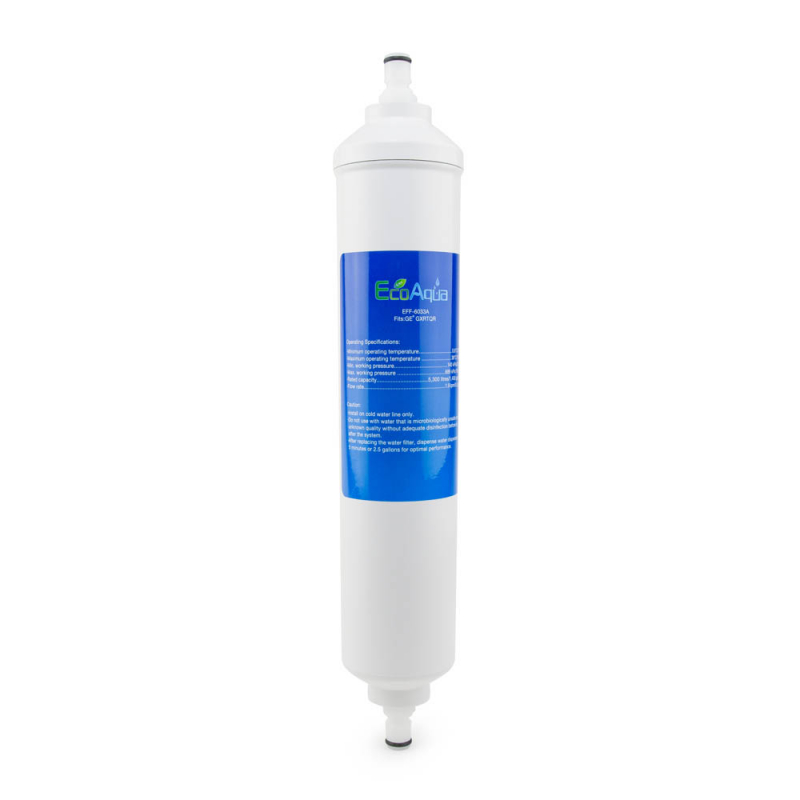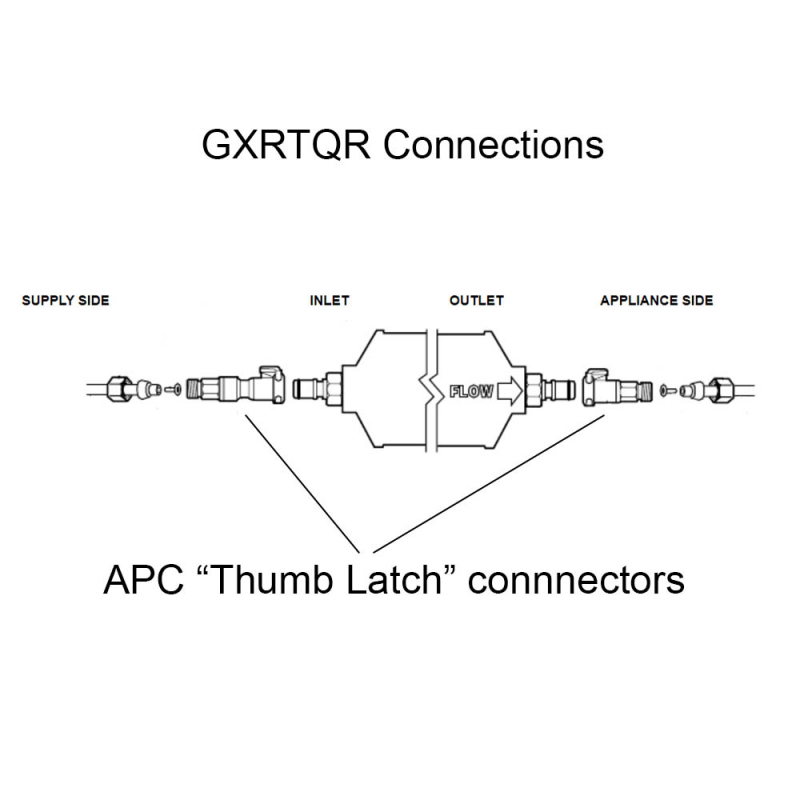EcoAqua EFF-6033A | Our#: 192706
EcoAqua Replacement for GE GXRTQR Inline Filter, 2-Pack
EcoAqua EFF-6033A | Our#: 192706
- Free Shipping & Free Returns
- 100% Compatibility Guarantee
- EcoAqua Replacement for GE GXRTQR Inline Filter, 2-Pack
- Specialized ends connect to quick coupling fittings (now discontinued by GE)
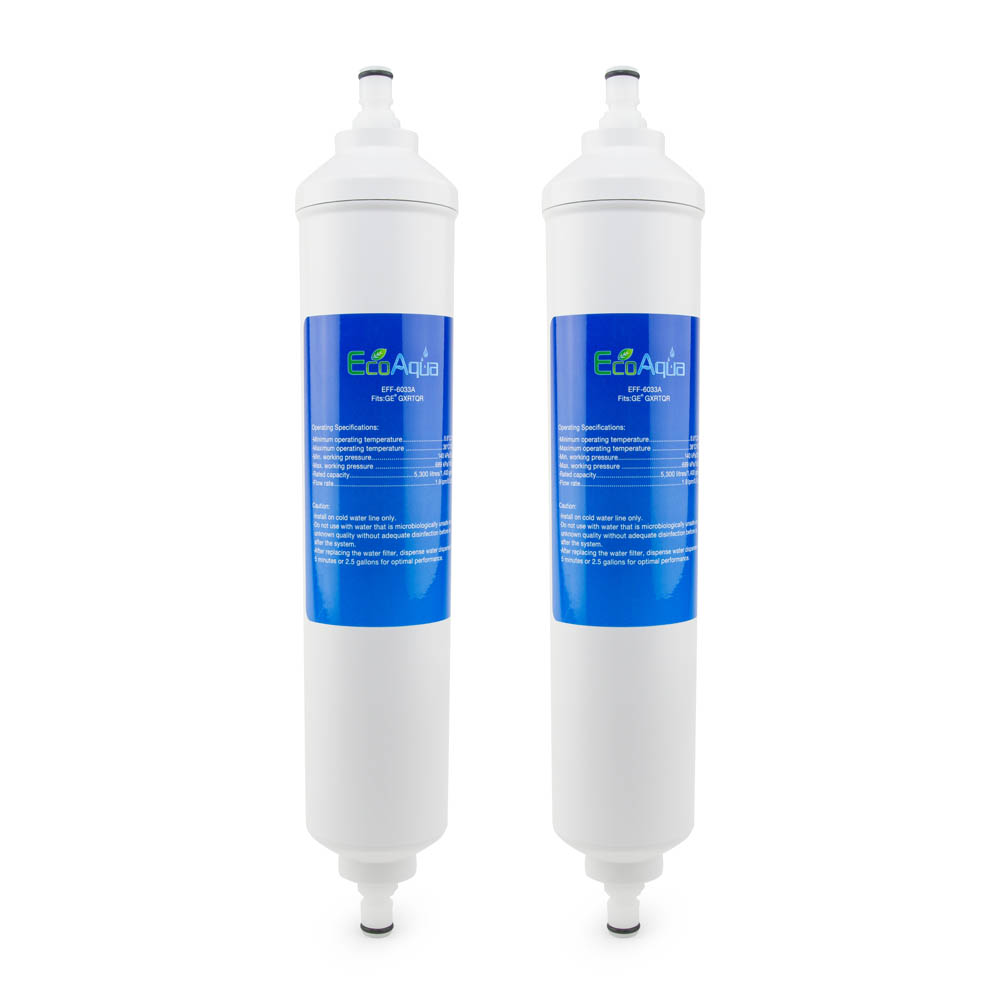
6 people in your area recently purchased this product!
- Free Shipping & Free Returns
- 100% Compatibility Guarantee
Frequently Purchased Together
Product Details
EcoAqua Replacement for GE GXRTQR Inline Filter, 2-Pack
Replacement inline filter for GE part # GXRTQR. Compatible with GE GXRTQ system. Mates with APC-style quick coupling fittings (now discontinued by GE).
FEATURES:
- Produces better tasting drinking water
- Cost effective alternative to factory original filter
- Reduces chlorine taste and odor
- Filter last up to 2,000 gallons or 6 months (whichever comes first)
- Contains granular activated carbon
- Approximate dimensions - 11-1/2" L x 2-1/8" Dia
GE® is a registered trademark of General Electric Company. National Trade Supply, Inc, and DiscountFilters.com are not affiliated with General Electric Company. This is not a GE OEM product and is not covered under any GE manufacturer's warranties. Any use of this brand name or model designations for this product is made solely for purposes of demonstrating compatibility.



